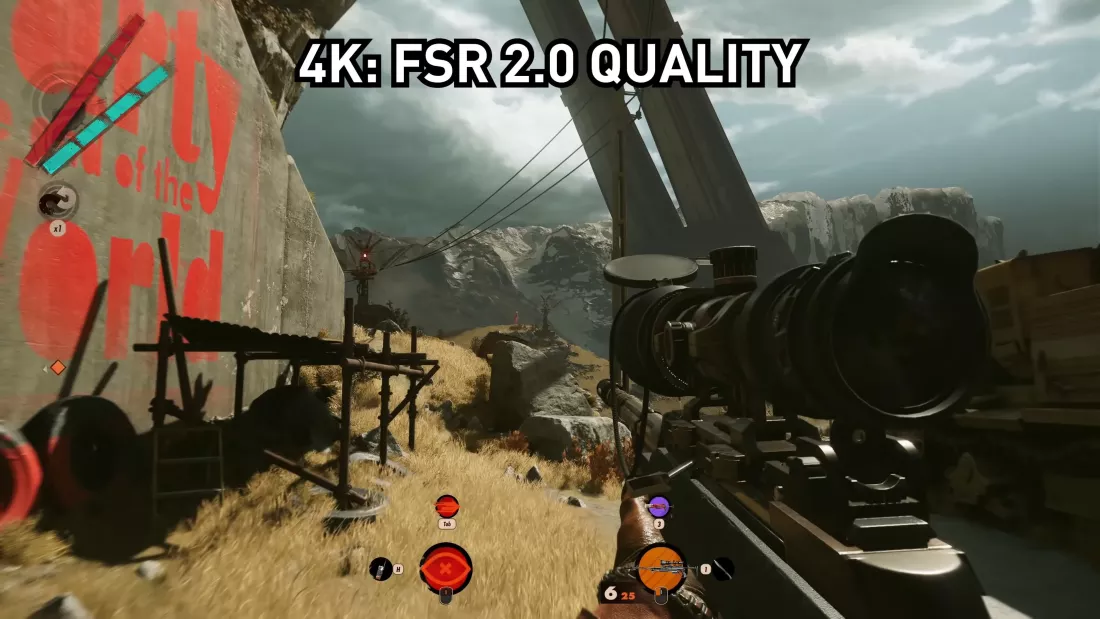ATi has always been the pro-consumer corporation that has supported open standards unlike nVidia which has always been the paragon of greed.
The difference is that Intel and nVidia are run by psychopaths who have no goodwill towards consumers or gamers
The Big Huang over at Green Goblin didn't (and still doesn't) give a rat's posterior about the ecosystem itself, just what he can get out of it.
Yawn.
NVIDIA looks for new problems to solve using a difficult/expensive approach, which it can sell as exclusive features for a generation or two. AMD looks at the problem NVIDIA discovered, their solution, and tries to find the most frugal alternative solution.
And lets also face reality here, you can't arrive late to the party, with circa 20% market share, launch an inferior product... and then vendor lock it. Who would buy into that? Your "good guys" had no other choice, and they did it to keep people like you being a wallet to them, they want as much money from you as they can possibly get to, but playing catch up means they need to go about it different ways.
For all intents and purposes FSR 2.0 is the equivalent of DLSS. The frame rates are within a margin of error...and image quality is not an issue because as slight as it is. The much hyped Tensor cores have suddenly become an extraneous appendage.
Except it looks worse, considerably so especially with distracting shimmer and flicker, and performs worse, considerably worse too when looking at the frame time cost to run the technique, a margin of error it is not.
I know people would love for tensor cores to be useless, but this exercise has actually demonstrated the complete opposite, DLSS looks considerably better, and runs a hec of a lot better.
What will actually happen, is these two will exist in tandem for years to come, pushing each other to new heights. They certainly both have things to learn from each other.
For those of you desperately wanting big evil Nvidia to take an L and DLSS to die, well, you'll be waiting quite some time yet.
